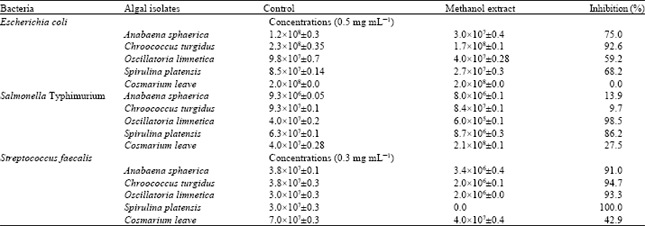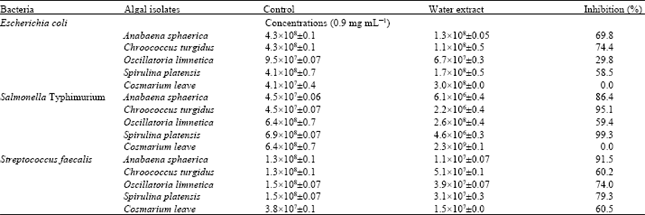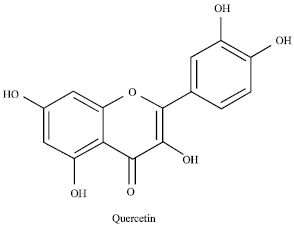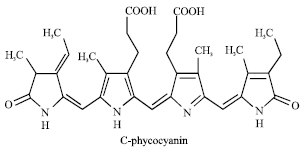Research Article
Phytochemical and Antibacterial Study of Five Freshwater Algal Species
Department of Water Pollution Research, National Research Centre, Cairo, Egypt
M.H. Hetta
Department of Pharmacognosy, Faculty of Pharmacy, Beni-Suef University, Beni-Suef, Egypt
F.A. Samhan
Department of Water Pollution Research, National Research Centre, Cairo, Egypt
R.A.S. El Din
Department of Botany and Microbiology, Faculty of Sciences, Al-Azhar University (Girl Branch), Cairo, Egypt
G.H. Ali
Department of Water Pollution Research, National Research Centre, Cairo, Egypt













